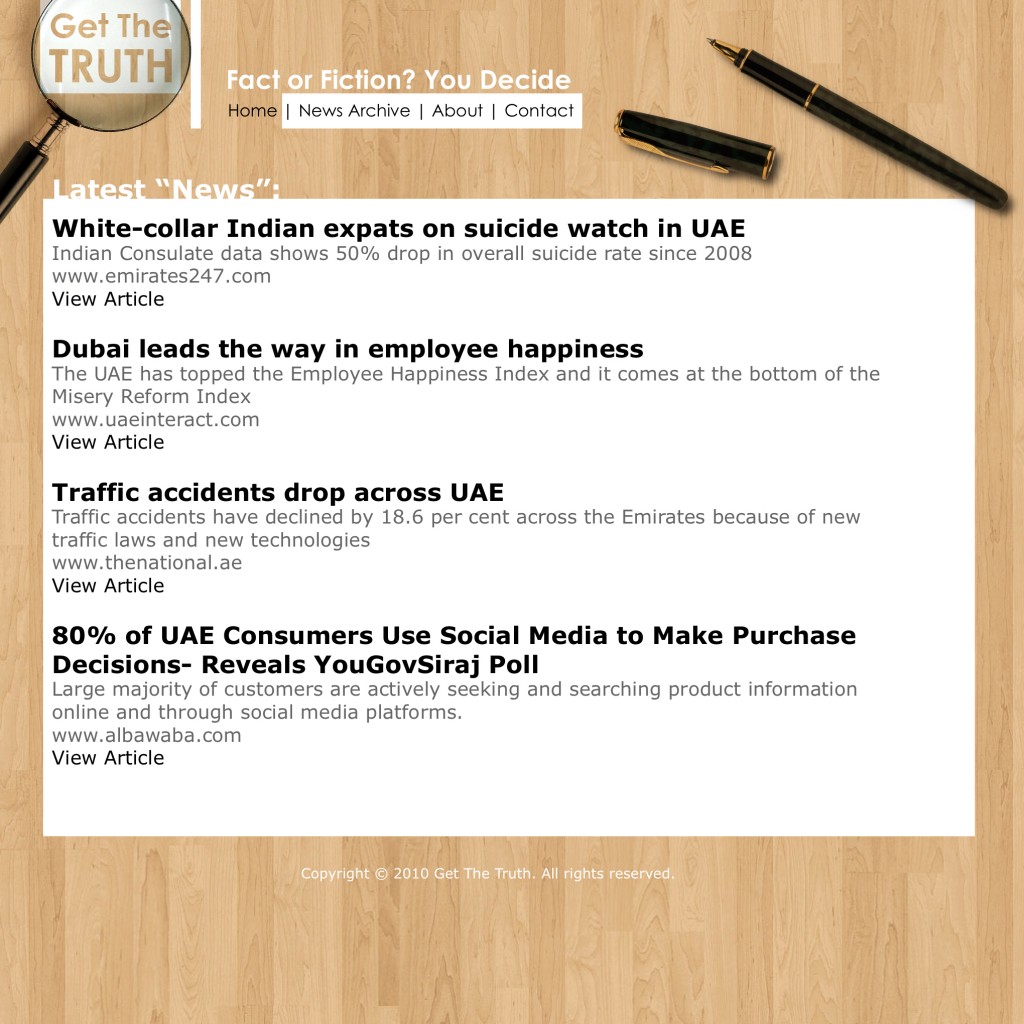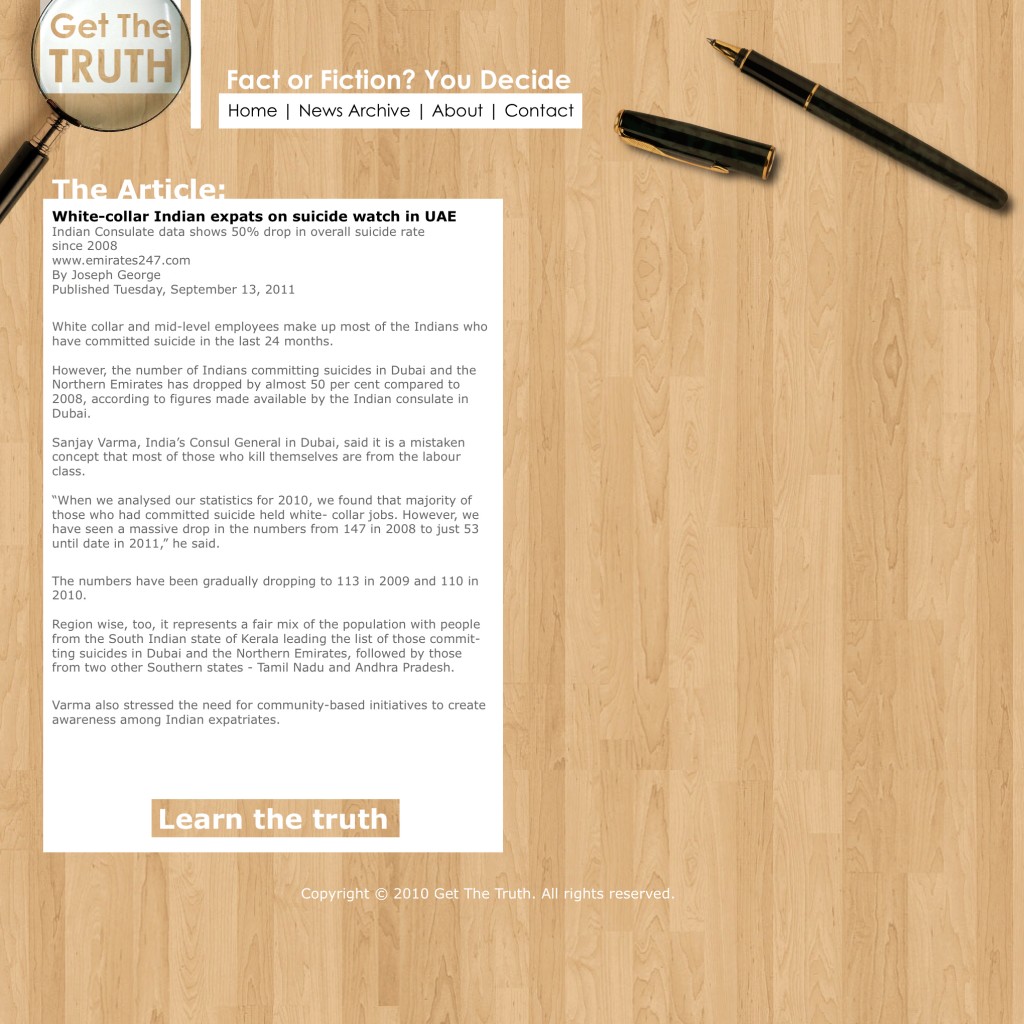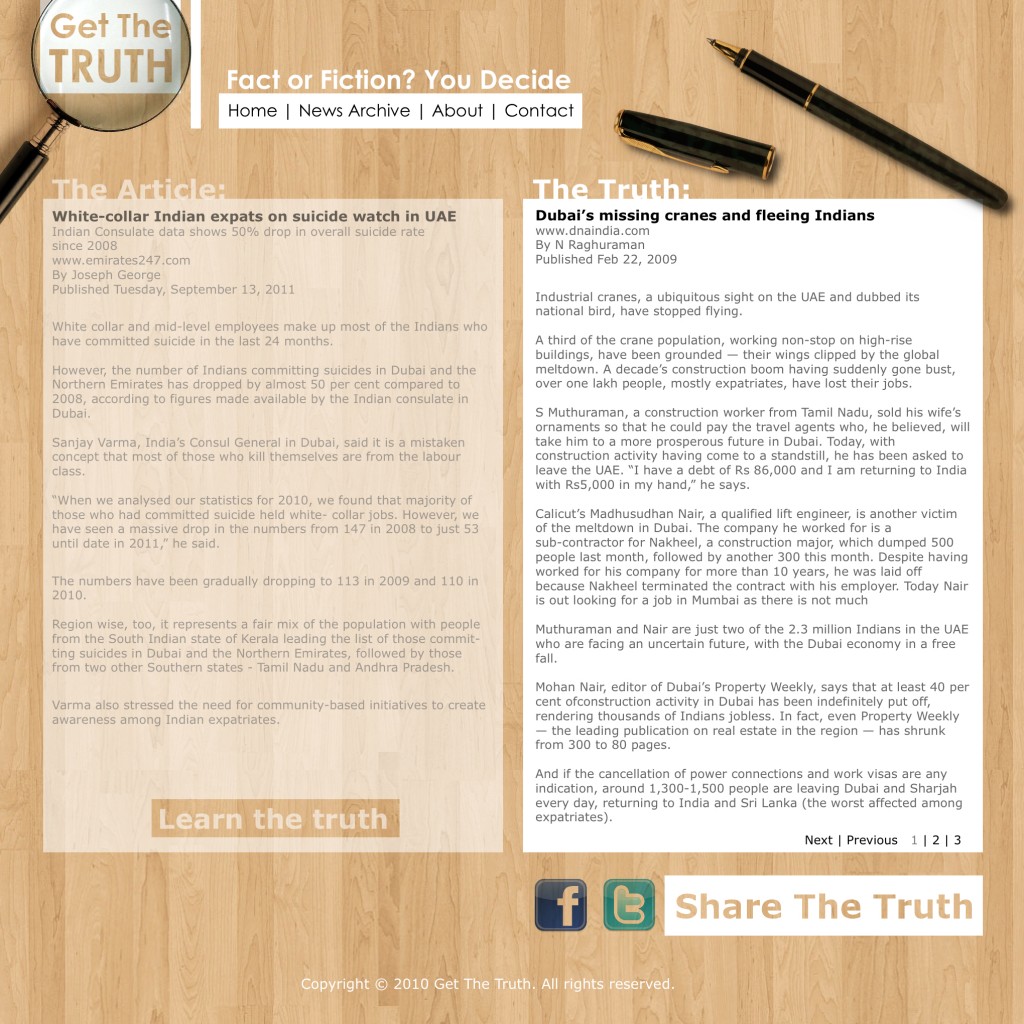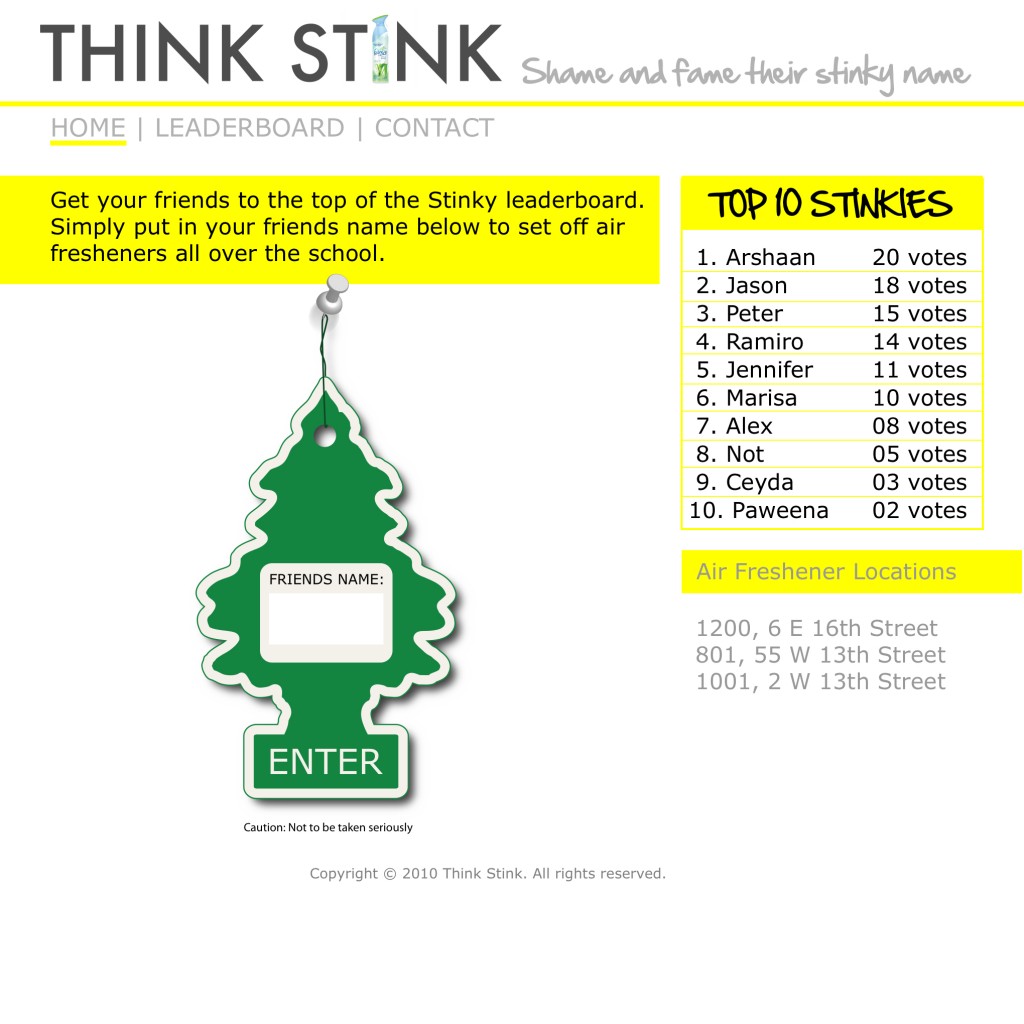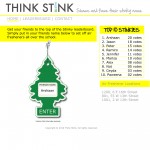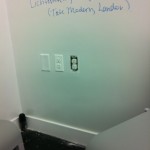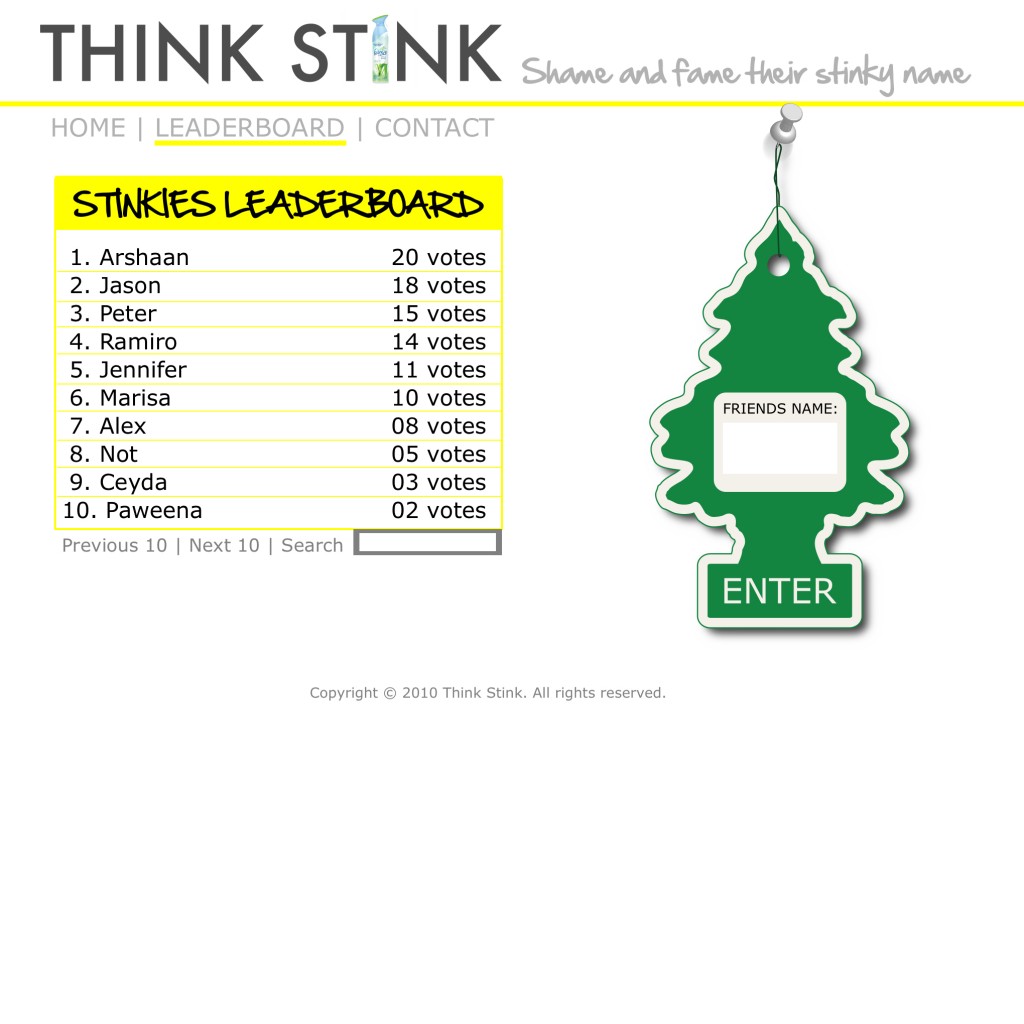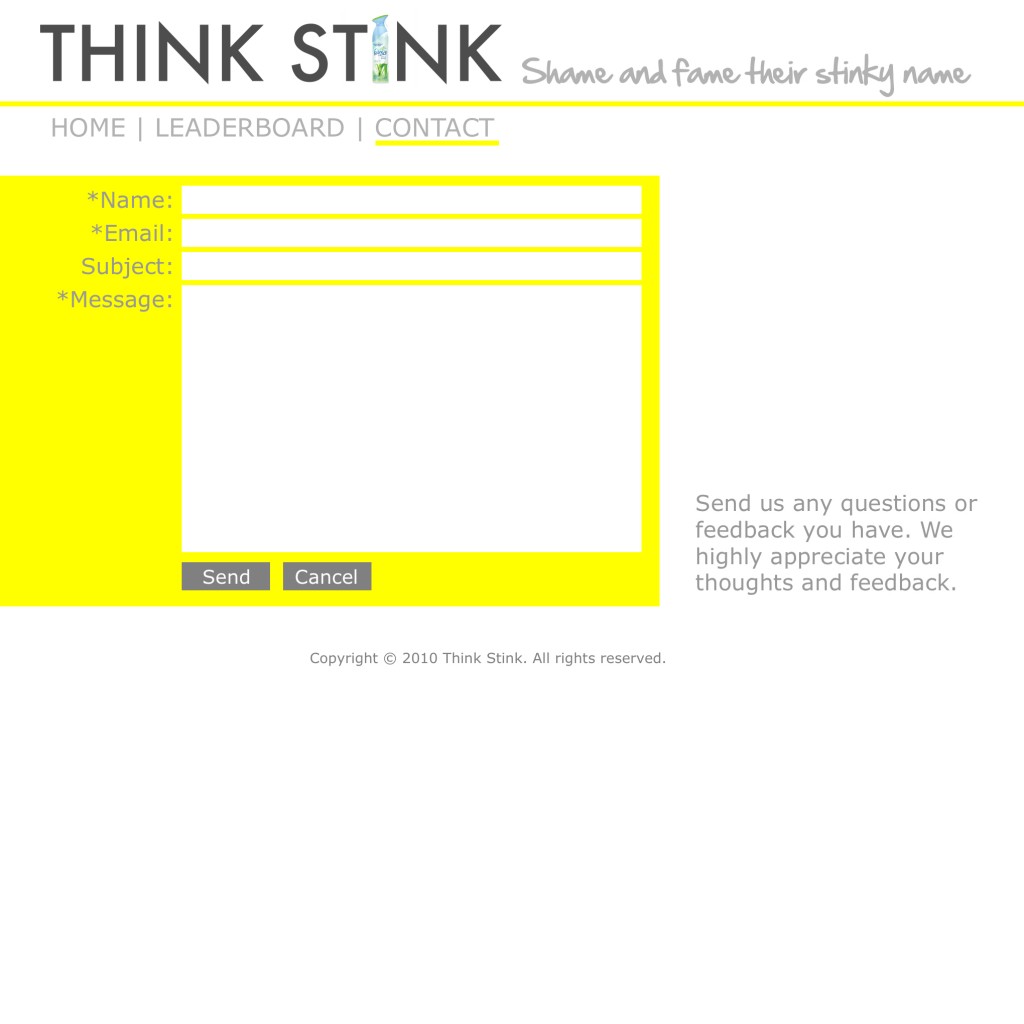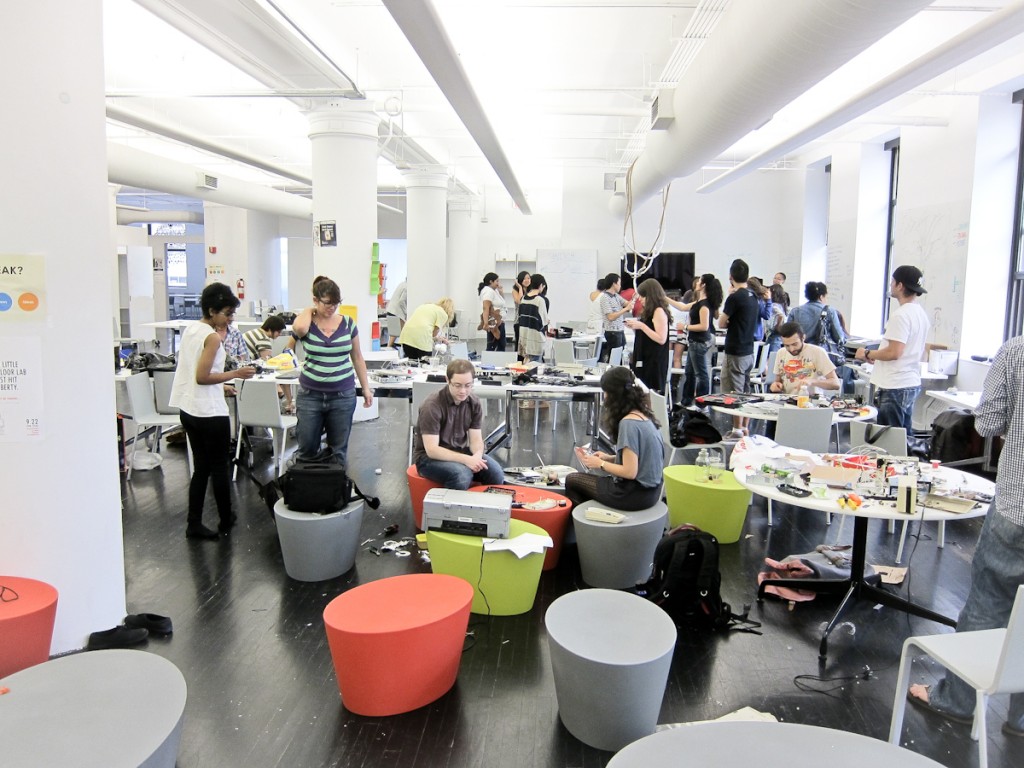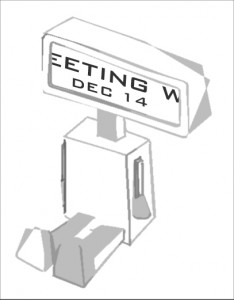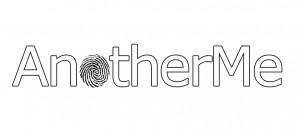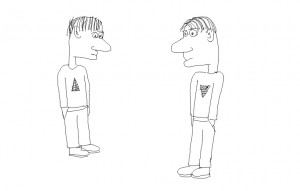MIDI? Switches? Musical Controller? These are all words that I would never have put together before my participation in the Scrapyard Challenge workshop. Working with found “junk” was a challenge that not only tested technical skill and understanding, but also creativity. Scrapyard Challenge would not have been successful if we did not use our imagination. From the beginning when we looked at piles of stuff that people brought in, our role as the designer began as we started to think how to create a prototype of a working musical controller.
Our project began with a pile of random unused, unwanted materials. With no initial ideas in mind, my group started by claiming objects we thought could possibly be interesting. We gathered a couple of things and took it back to our table to investigate and analyze. As we looked at what we had and started to think of different ideas, we found one object that had a lever that moved up and down, as well as a forward and back motion. We decided to use these motions to our advantage and create connections between them, allowing us to have two sounds.
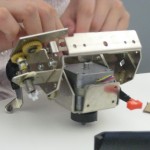
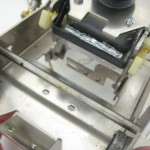
The object we started with quickly changed from “junk” to a prototype for a musical switch. As defined by Stephanie Houde and Charles Hill in “What do prototypes, Prototype?” a prototype is a way of exploring and expressing designs, as well as the “role the artifact play[s] in a users life.” We were working with an object that allowed us to explore its functionality as well as expressing it in a new way. As we designed how it was going to work, we also had to think about how others would interact with our new creation. Since it was not just about creating something that functioned, it was also about creating a pleasing interface. As we continued to work, our goals became clear: making something that worked and also looked worthy of interaction.
First, we had to tackle technical issues. Since our whole mechanism was made of metal, we needed to insulate specific parts so we could keep each interaction separated. In order to do this we used cardboard, hot glue, and masking tape. The task became tricky when we started to include the wiring. Although we were just creating a prototype it would not be nice to just create something with wirings coming out of everywhere. So in order to avoid this, we carefully placed the wires in places that kept them together and on the sides of the mechanism. Throughout the process of wiring our prototype we resolved problems that came up and made design decisions along the way.
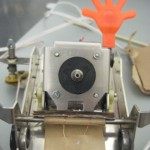
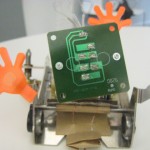
After we got the sound connections to work, we needed to work on the interface. How do we let people know they can interact with what we created? To do this we used small plastic hands that came from mini-noisemakers. We attached one to our push lever and another to the side. Now it looked liked our device had hands. If it had fans, then it definitely needed a face. We searched for a microchip board and found one that would fit. While gluing this on, we realized the middle section could rotate. In an attempt to solve this problem, we re-wired the motor, but it was not powerful enough to work. That’s when we decided it needed to become an analog rotation. To create a connection so we could now make a third sound, we foiled one hand and gave our face “hair” (shredded wire), which led to a successful third connection to make an additional sound. So here, in the process of creating a prototype, we were able to add more to our interactions.

The final product was what we called the “MJ Switch,” with a reference to Michael Jackson since our mechanism wore a foil “glove” on one hand. The evolution of our prototype was possible because while making all of the technical connections work, we also kept in mind the final look. If we did not decide from the beginning that one of our goals was to create something that was inviting for the user, we could have made a controller that had lots of connections and sounds. But instead, I believe our device was a success because we kept our goals in mind, which ultimately influenced our design decisions.
This experience and process of starting from nothing and creating an object (with a personality!) taught me a lot about the design process as well as the importance of having an open mind. Being put into this situation, we were tested on how creative we could be from turning “use-less” objects into something “useful.” This was a test of my creativity as well as skill. In the end, three heads were better than one, and working in a group allowed us to throw out ideas, and although one person may not have been able to solve problems on their own, we could work together as a team. At times, we each played a different role. Sometimes, one person had an idea, and another person executed the technical mechanics. As this went on, someone else would keep in mind the final look. We were a little prototyping team, who thought about the role, implementation and look and feel of our final device.
We had problems, but we discovered solutions. Our prototype went through a few stages that finally lead to a working model. We really did not have to think much about creating new things, but we worked a lot with what we already had. We don’t know where our mechanism originated from, but the levels and movements worked perfectly for our challenge. At the end of the day we successful created a working prototype of our “MJ Switch” that allowed us to make music.
 After a few minutes we decided that we would use the moving motor in the scanner (which was surprisingly working) to make sounds when the motor hit certain parts. However, Kenny told us that a few other groups were trying to do something similar and we decided to go another direction.
After a few minutes we decided that we would use the moving motor in the scanner (which was surprisingly working) to make sounds when the motor hit certain parts. However, Kenny told us that a few other groups were trying to do something similar and we decided to go another direction.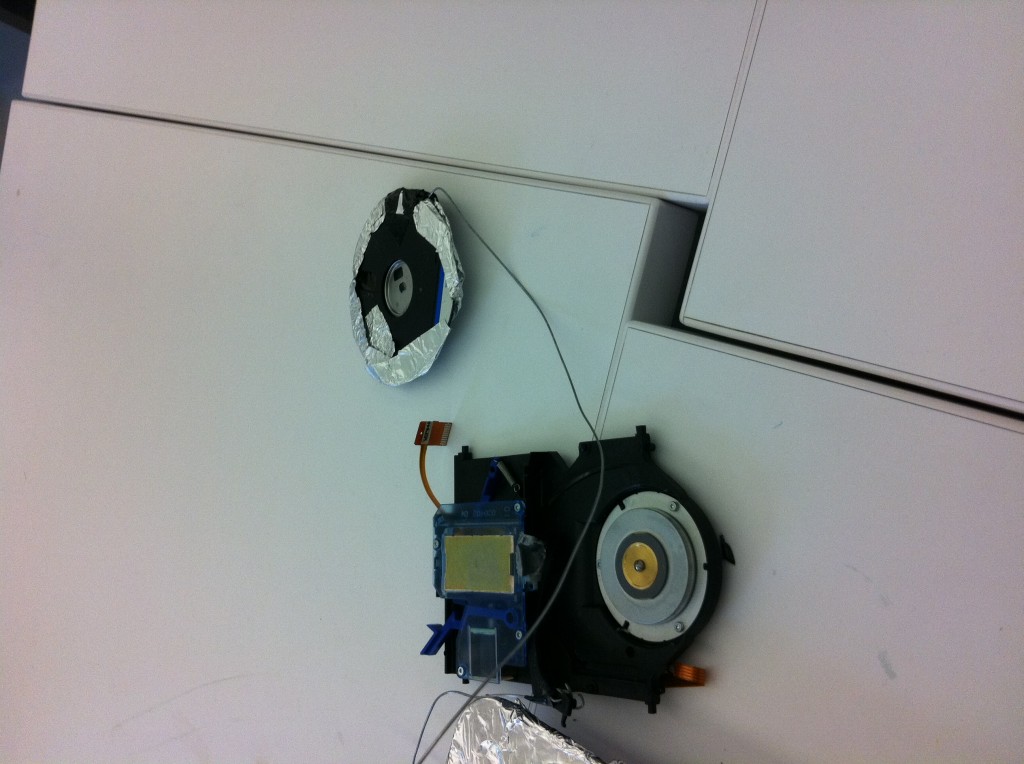 From the floppy drive we tore apart we got this cool little piece of junk that we decided to make it a dj turntable. Once we decided that we were going to make a dj turntable, we thought that we should make musical instruments for all of us and turn us into the worst band ever. We chose to make a drums, a guitar and a bass.
From the floppy drive we tore apart we got this cool little piece of junk that we decided to make it a dj turntable. Once we decided that we were going to make a dj turntable, we thought that we should make musical instruments for all of us and turn us into the worst band ever. We chose to make a drums, a guitar and a bass.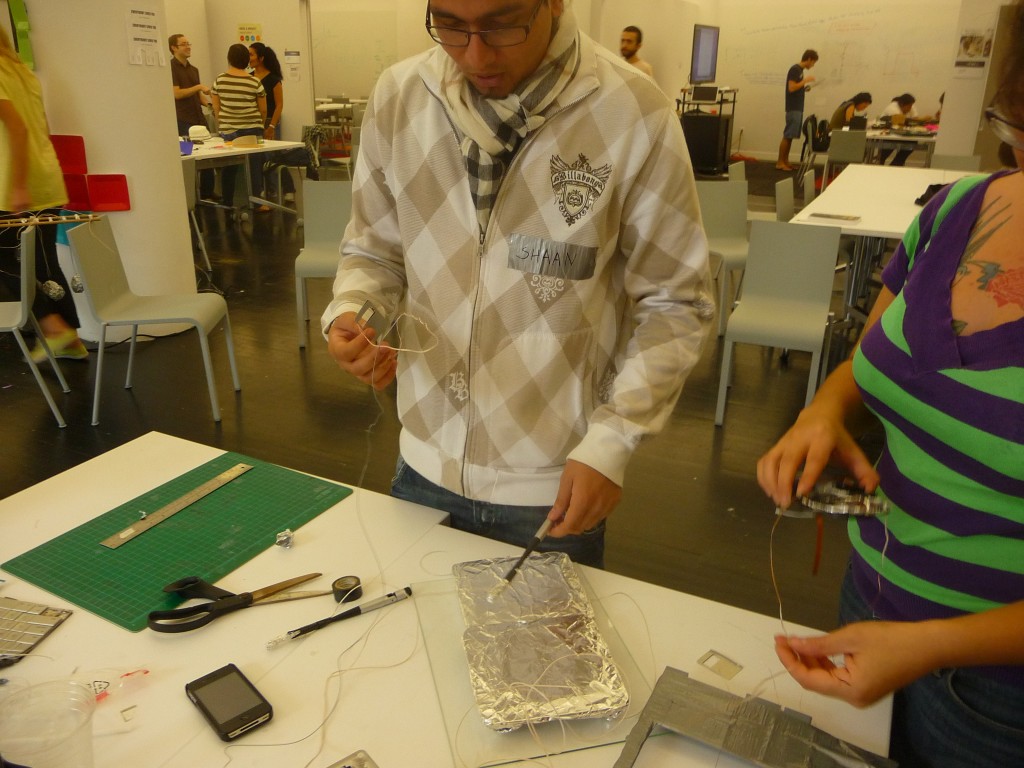 The drums were made completely from an old router that I tore apart. I used the covering of the router to make the drums and the antenna of the router to make the drum sticks.
The drums were made completely from an old router that I tore apart. I used the covering of the router to make the drums and the antenna of the router to make the drum sticks.
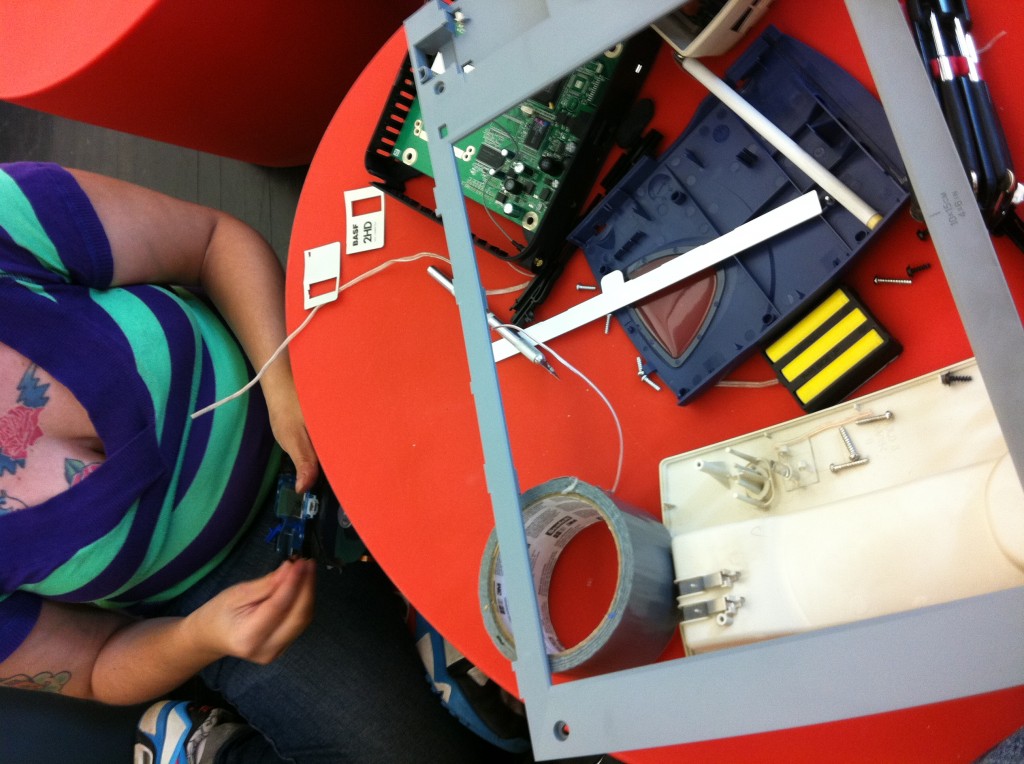 The guitar (which looked more like a harp) was made from the parts from the scanner. We took out the big plastic piece that held the glass in the scanner and put wires across it. Each wire made a different sound when hit with a pic that we fashioned from the metal piece on a floppy disk.
The guitar (which looked more like a harp) was made from the parts from the scanner. We took out the big plastic piece that held the glass in the scanner and put wires across it. Each wire made a different sound when hit with a pic that we fashioned from the metal piece on a floppy disk. The bass was made using the same techniques that we used to make the guitar. It was made out of the remains of the router. Instead of using a pick, we decided that we would wrap one of our fingers in foil and wire and play the bass with our finger.
The bass was made using the same techniques that we used to make the guitar. It was made out of the remains of the router. Instead of using a pick, we decided that we would wrap one of our fingers in foil and wire and play the bass with our finger. In the end we had a four person band rocking out some awesome tunes.
In the end we had a four person band rocking out some awesome tunes.
